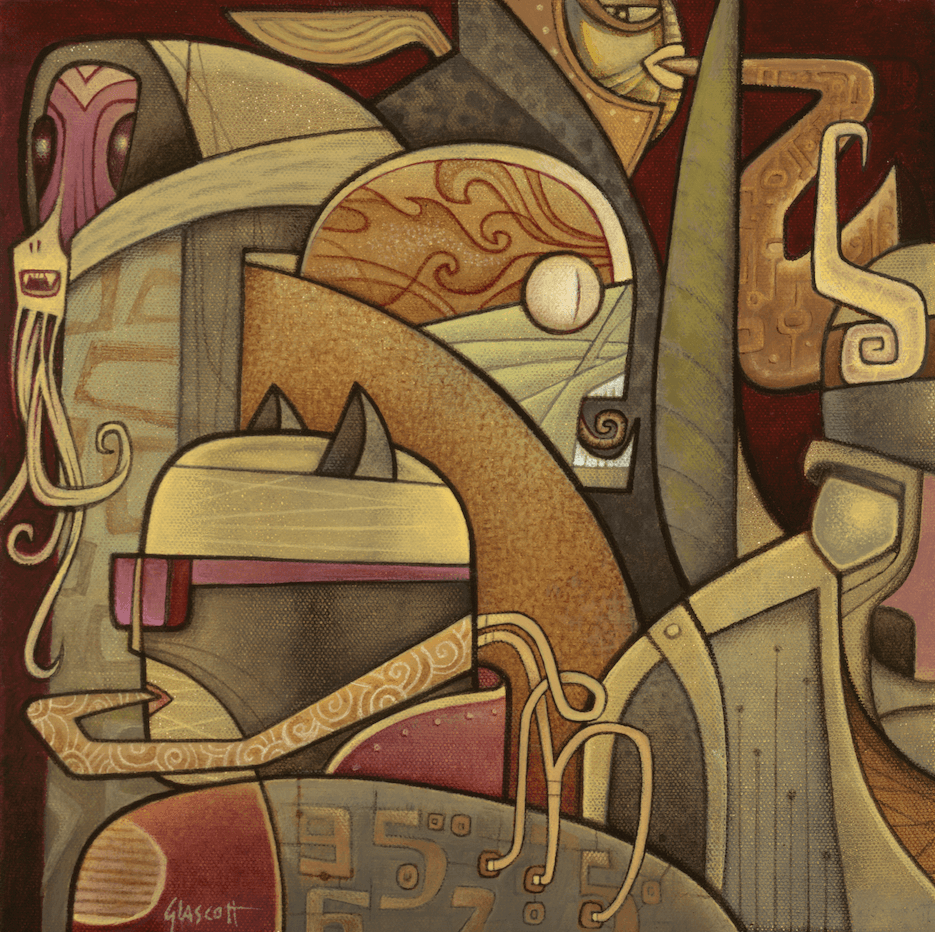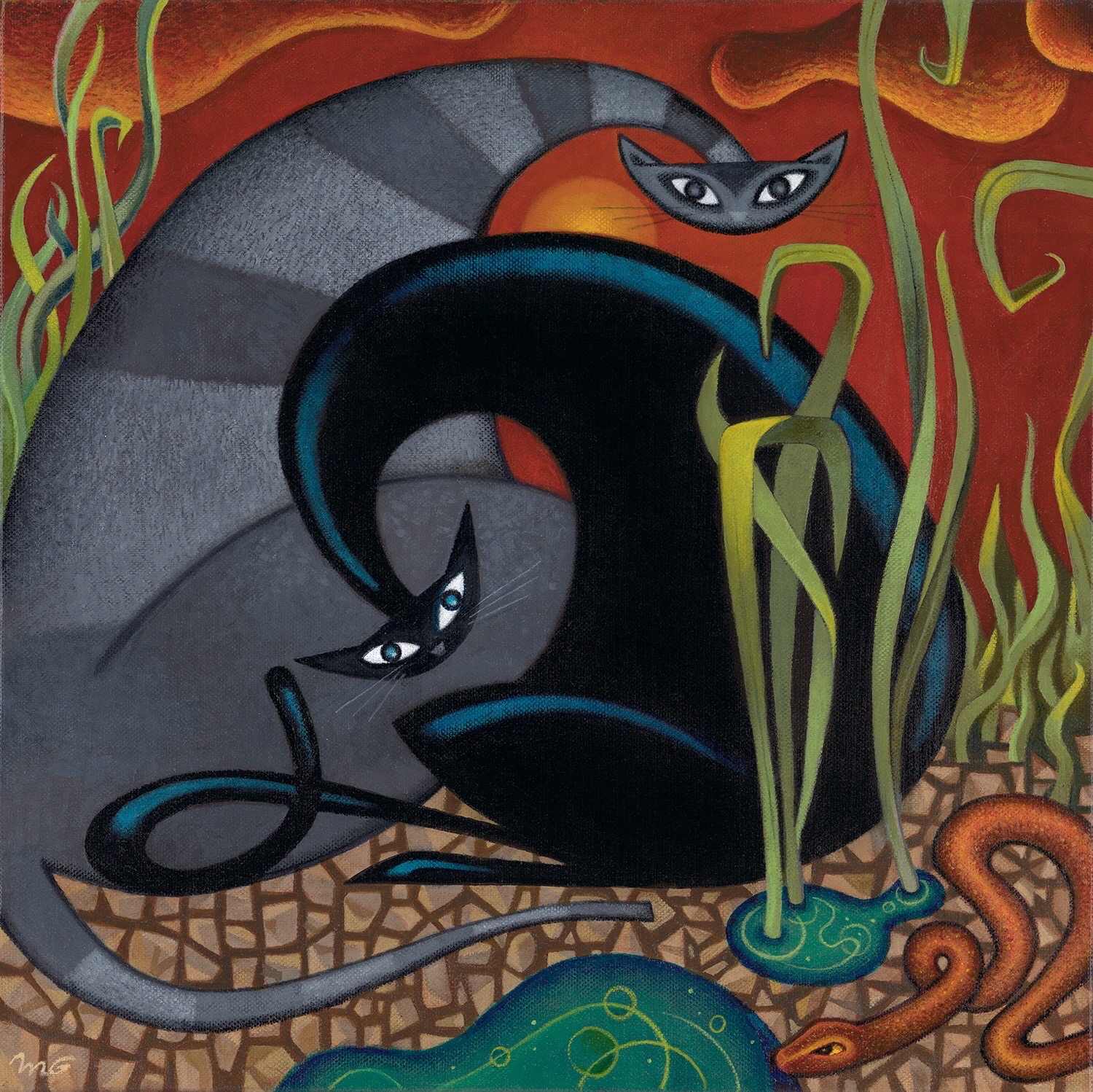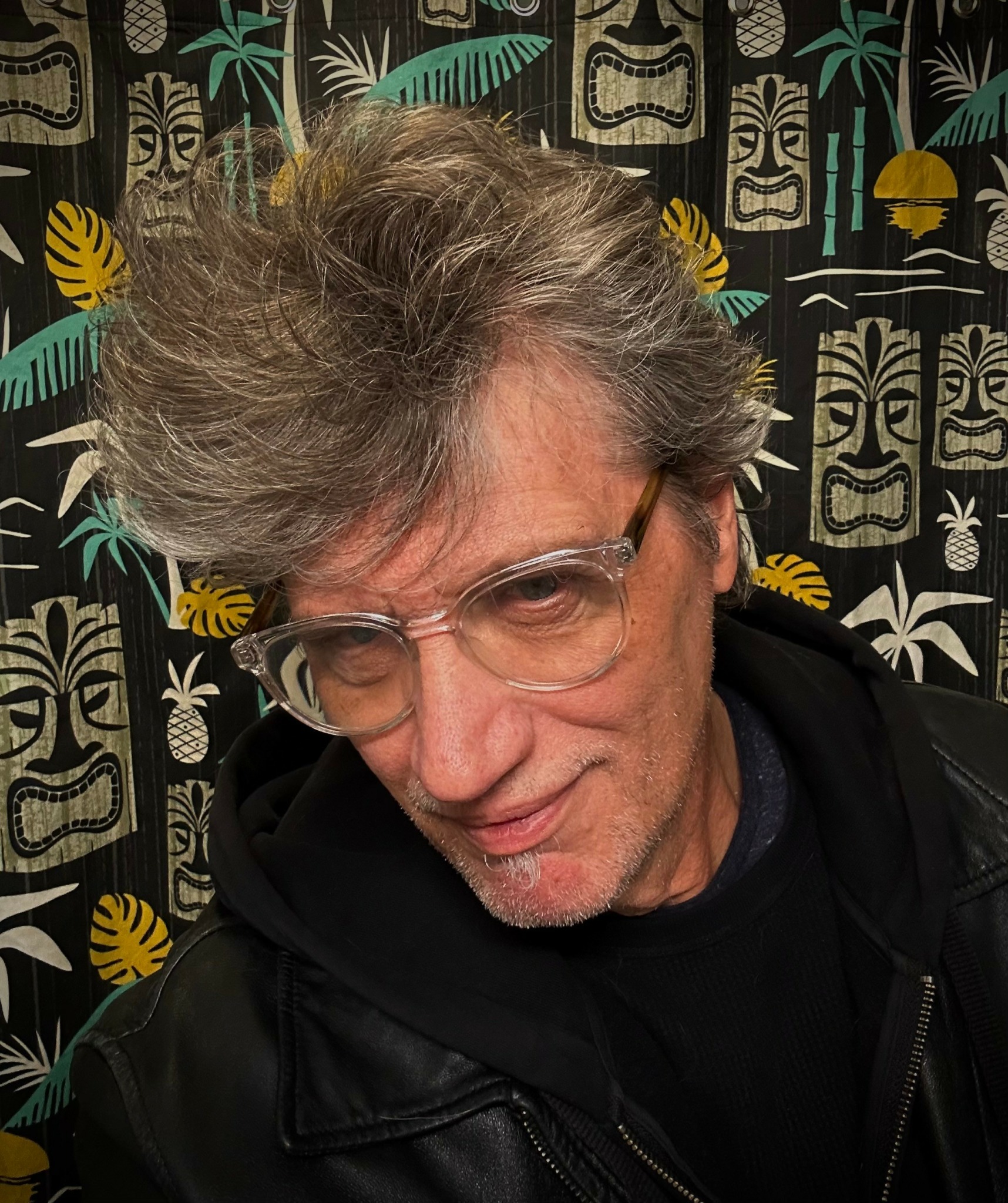We caught up with the brilliant and insightful Michael Glascott a few weeks ago and have shared our conversation below.
Michael, appreciate you joining us today. Can you open up about a risk you’ve taken – what it was like taking that risk, why you took the risk and how it turned out?
Taking risks and making decisions are the normal procedures of being a visual artist. The SMALL risks are involved in selecting colors, fonts, and design choices that might need to be intriguing as well as informative. On one hand you might want to include and inspire your potential audience. On the other hand you might also want to rattle their cages, with surprising originality that results in a surprising response. It’s always a challenge to combine these two ideas within one project.
On that note, I was involved in an Agency project, bidding on some fun animation elements that were mixed in with live action. The “expected, traditional” route would have been to suggest 3D animation, with plenty of room for control and revisions. I knew that that’s what we were up against, so I took the risk of suggesting colorful “claymation” – something very plastic, yet with an organic “touchy-feely” look, compared to the sleek and slick 3D computer animation. Because our suggestion and presentation stood out from the crowd, we were awarded the project, which turned out to be a lot of work, but a huge success!
If you’re in commercial art long enough, you’ll find that staying in one place too long can become repetitive and creatively draining. My way out of that was to take the BIG risk, and leave security and move on. Over the years I jumped from full-time gigs to freelance gigs, back to full-time, etc. Sometimes with scary results, but mostly with a recharged approach to creativity and work in general. The best part was meeting new people, learning new tools, and working on projects you never imagined unless you decided to take that RISK of sending that email, or making that phone call, or walking into a meeting with your portfolio.
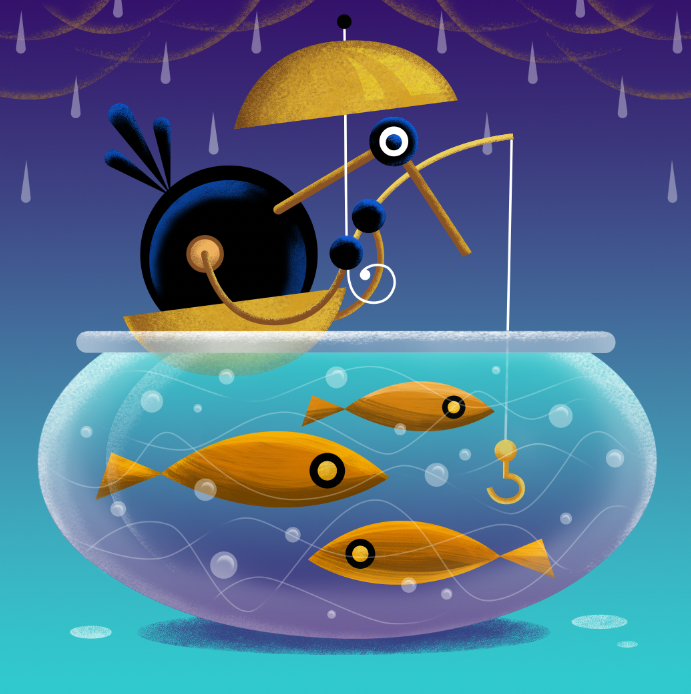
Great, appreciate you sharing that with us. Before we ask you to share more of your insights, can you take a moment to introduce yourself and how you got to where you are today to our readers.
As a visual artist, I have always tried to look at things from different points of view. Every medium has it’s own advantages and limitations, but it’s most liberating when you allow the pencil, paintbrush or pixel to lead the way and take you into uncharted territory. That kind of curiosity, plus my full-time work experience in Illustration, Graphic Design, and Animation laid a solid groundwork that introduced me to many projects involving airbrush, collage, TV titles, cartoon strips, computer animation, art direction, and tall ladders that guided me and a paint bucket to the top of my mural.
My background in Editorial Illustration taught me the importance of conceptual ideas, storytelling, and how it can enhance any particular art style. As an Animator I learned about the power and simplicity of cartoony, abstract shapes and how to give them movement and life, even in one still frame! And whenever possible, I like to use humor, adding some nuance and dimension into the mix. Recently, I’m pursuing ballpoint pen on watercolor paper with interesting results, and no undo button! Regardless the medium, I try to put out work that is original, graphically appealing…and hopefully memorable!
My inspirations come from all over the place: painters, designers, animators and cartoonists. Some favorites are Andy Warhol, Saul Steinberg, Tex Avery, Jim Flora, Mary Blair and Tim Biskup. As a Chicagoan, I grew up with a good exposure to the outrageous and humorous ‘Chicago Imagists’ like Jim Nutt, Gladys Nilsson, Roger Brown, and Ed Paschke.

What do you think is the goal or mission that drives your creative journey?
For me, the highest standard in the creative field is originality. There are millions of influences that bombard us every day, and that is unfiltered input. When it comes to output, that’s what comes straight from you, and should maintain honesty and integrity. Why steal from others when you have an unlimited backlog of experiences to draw from.
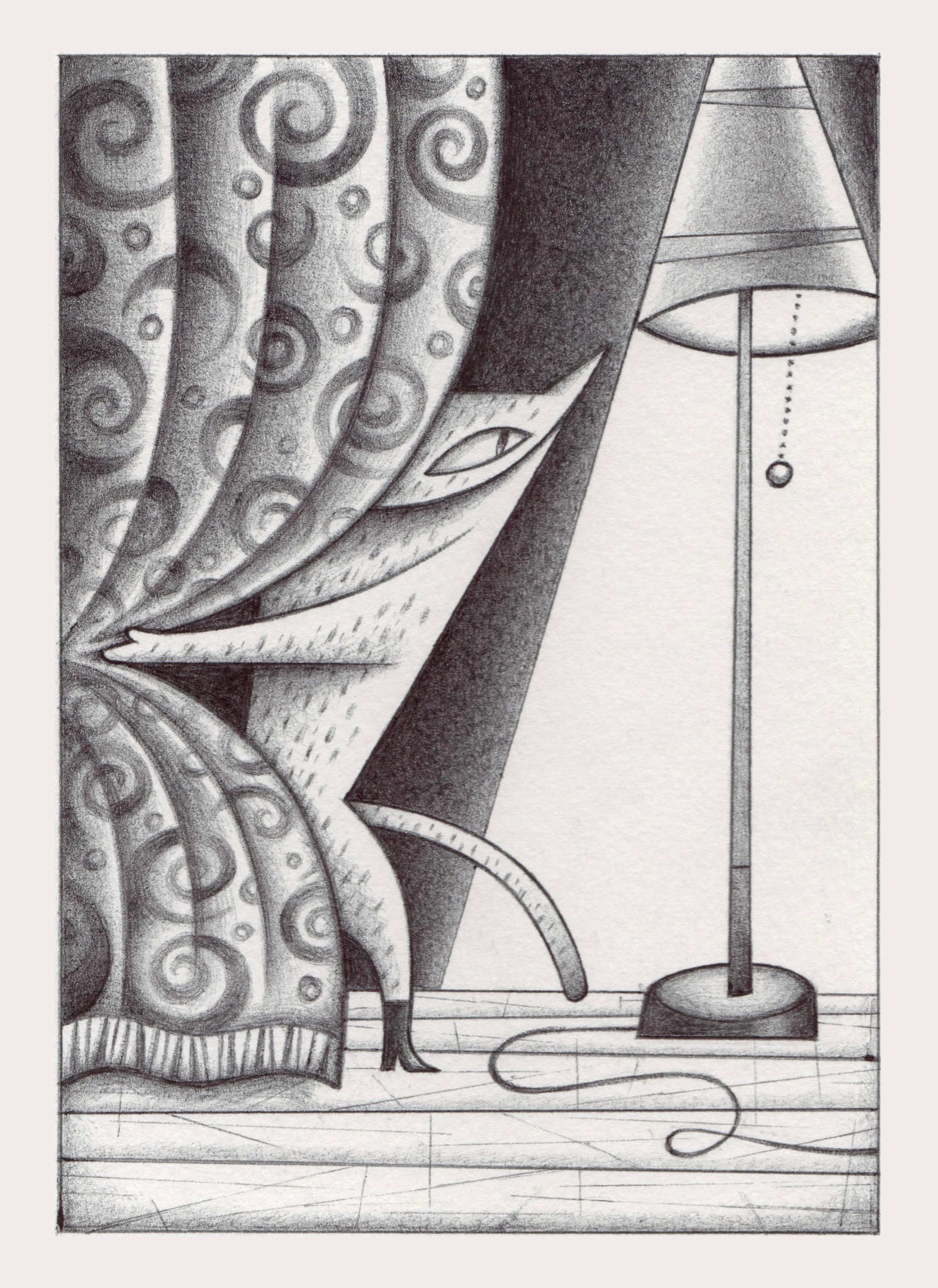
For you, what’s the most rewarding aspect of being a creative?
There are many rewards. The obvious reward is to be able to make a living with your art. That takes time, and you need to be flexible following art and business trends, while being true to your own vision. I consider myself self-taught with an “earn-while-you-learn” attitude that pushed me into artistic unknowns that usually proved to be rewarding on many levels. Additionally, discouraging setbacks are rewards in disguise, guiding your work to go in a different direction, after you’ve made what you consider to be a “mistake”. Finally, I like to produce artwork because I can put something out there that is new and unusual, hopefully something no one has ever seen before!
Contact Info:
- Website: https://michaelglascott.com
- Instagram: glazkat
- Facebook: Michael Glascott

